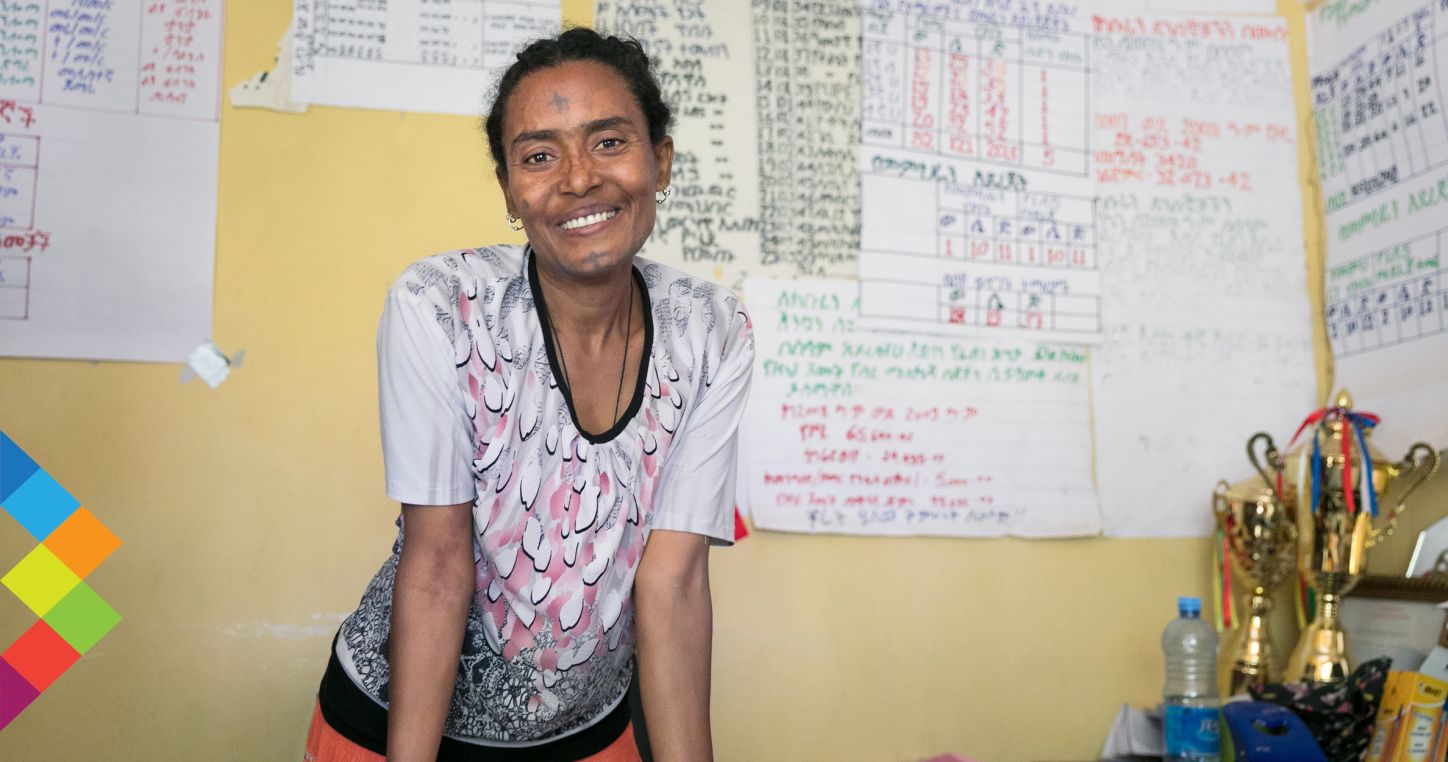Women lead for learning - Insights from the 2025 Gender Report
Sign up
Sign up for the Worlds of Education newsletter.
Sign up
Sign up for the Worlds of Education newsletter.
Thank you for subscribing
Something went wrong
Although the global majority of teachers are women, the Gender Report of the 2025 Global Education Monitoring (GEM) Report, Women lead for learning, confirms that the “glass ceiling” still blocks women from top positions in education. The report also shows that when women do lead, they often drive inclusion, tackle barriers that hit girls hardest, support teacher development and foster collaboration.
Women dominate schools as teachers but vanish from leadership positions
Globally, women make up the bulk of teachers, especially in early grades. As of 2023, women comprised 93% of pre-primary teachers, 68% of primary teachers, and 52% of upper secondary teachers. A situation that contrasts what is observed in leadership roles.
In 70 countries for which the data is available, the share of female principals trails the share of female teachers by 20 percentage points. This gap exceeds 30 percentage points in Bhutan, Vietnam and South Africa. In Cambodia, just 18 % of pupils attend schools led by women even though most teachers are female.
The gender gap widens in higher education. Women now outnumber men in university enrolments in many countries, yet they hold less than 30% of top academic leadership positions worldwide. Only 27% of the world’s top 200 universities had a female president or rector in 2025, a mere 2 point-increase from the previous year. India, Bangladesh, and Saudi Arabia count virtually no women at the helm of higher education institutions.
Even in high-income regions such as Europe and the United States, leadership skews male among university presidents, deans, and department heads especially in STEM fields. For instance, in the United States, fewer than one in three college presidents are women, and only 10% of physics department chairs are female.

Women in leadership roles can improve education and social outcomes
The 2025 GEM Gender report highlights the demonstrated links between female leadership in education and stronger community engagement, as well as the positive impact in terms of inclusion. In many settings, schools headed by women often demonstrate a more collaborative leadership style, higher staff morale, and better student outcomes particularly for girls.
Women leaders may offer perspectives on the challenges encountered by marginalized students and contribute to policy development concerning gender-based violence, school safety, and inclusive curricula. In Ethiopia, female leadership in the education ministry steered equity drive reforms, that emphasised rural girls and STEM.
Female leaders also serve as powerful role models for students, especially girls, signalling that authority is not gender-bound.
Beyond measurable outcomes, equal representation in leadership is a question of rights. Letting women rise to leadership roles affirms their talent and upholds the principles of justice that education seeks to promote.
Barriers to leadership remain deep and structural
Progress stalls on different fronts.
Persistent gender norms still code leadership as “male,” linking it with assertiveness and authority and casting women as nurturers better suited to the classroom than school governance or strategic decision-making. In higher education, institutional cultures can be particularly resistant to change.
Hidden bias seeps through promotion pipelines: male-dominated selection panels, opaque criteria and penalties for career breaks hold women back, while the double burden of unpaid care work shrinks the time they can invest in advanced qualifications and networking.
Restrictive policy frameworks compound the problem. In Pakistan, for example, women may apply only to principal roles in girls’ schools; in Eritrea and Chad they hold barely 6.5 % and 5 % of head-teacher posts—stark evidence of how rules and culture keep the door shut.
Finally, lack of readily available gender-disaggregated data make it difficult to track progress and design effective policies. While data on teacher numbers is often available, data on principals, deans, and vice-chancellors, especially in private or rural institutions are far less complete.
The GEM Gender report Women lead for learning highlights several key strategies that governments, education systems, and institutions should adopt to foster balanced representation in leadership roles and close the gap. These include:
Improve data and transparency. Publish gender-disaggregated figures for principals, deans and vice-chancellors.
Train and inspire. Mentorships, fellowships and targeted leadership courses build confidence and can help close the gap. These initiatives matter most where women lack professional networks or advancement opportunities. Showcasing women leaders changes perceptions. Media campaigns, case studies, and speaker events help normalize women’s presence in leadership.
Reform recruitment and promotion practices. Transparent, gender-sensitive hiring and promotion are crucial. Institutions should review current processes to eliminate bias, set diversity goals, and train committees on gender equity. Flexible work, maternity leave, and childcare policies help women balance career and family without hindering advancement.
Champion a commitment to female leadership at all levels. Effective change in gender dynamics within education leadership depends crucially on top-level commitment. Ministries, boards, and university councils should prioritize balanced leadership representation and demonstrate inclusivity in their appointments and decisions.
#SheLeads: how to get involved
- Challenge stereotypes publicly using #SheLeads
- Celebrate female education leaders at all levels and tiers - students, school leaders, system leaders and policy makers
- Mentor younger girls who may aspire to be leaders
- Involve the GEM report in leadership discussions to present the evidence on the gaps and solutions
The opinions expressed in this blog are those of the author and do not necessarily reflect any official policies or positions of Education International.





